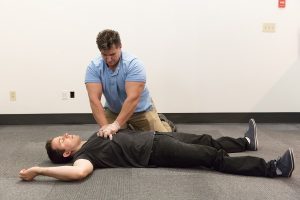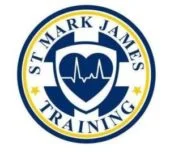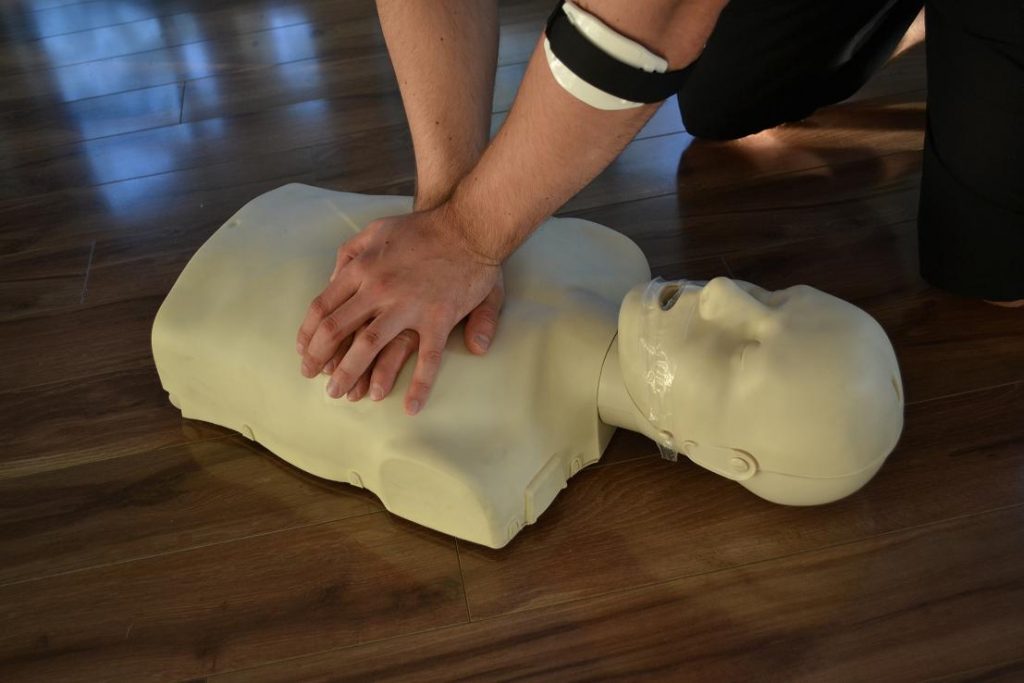More lives can be saved after cardiac arrest if bystanders perform cardiopulmonary resuscitation (CPR), even if it is only hands-only.
Importance of CPR
With hands-only CPR emerging as an alternative to the traditional method – chest compressions along with mouth-to-mouth rescue breaths, Swedish researchers decided to investigate the impact of the simpler method.

It was discovered that when rates of either type of CPR increased, the chances of surviving a sudden cardiac arrest doubled.
It is currently unknown whether CPR including mouth-to-mouth rescue breaths when delivered by bystanders is better than the simpler hands-only method.
Generally, compared to individuals who did not receive any kind of CPR from bystanders, those who receive standard CPR before first responders arrived were likely to survive.
In one study, it shows that any kind of CPR is better than none according to Dr. Clifton Callaway, vice chair of emergency medicine at the University of Pittsburgh Medical Center. For those who do not want to given mouth-to-mouth resuscitation, they can still perform chest compressions and help somebody with cardiac arrest. Although mouth-to-mouth is still needed for other conditions such as drowning.
The reason why hands-only can work is that hen people experience a cardiac arrest, they still have oxygen in their lungs. The delivery of chest compressions will buy some time until someone comes to get the heart started again.
Saving a life
Another advantage to hands-only CPR is that 911 operators can talk you through it even if you haven’t had any training. The dispatchers should be able to coach anybody to perform chest compressions and provide this potential to sustain life until professional help arrives.
For more information about this story, click here.
LEARN MORE
Learn how to help by enrolling in a CPR class and for more information, check out these sources:
https://en.wikipedia.org/wiki/Cardiac_arrest
https://en.wikipedia.org/wiki/Cardiopulmonary_resuscitation
https://www.webmd.com/first-aid/cardiopulmonary-resuscitation-cpr-treatment

